.png)
Perhaps the most important consideration when planning a trip to Vietnam is the weather. The south of the country sits firmly in the humid tropics, but the climate becomes increasingly temperate as you head north, and the highlands around Sapa can be downright chilly in winter. If you plan to visit both halves of the country, bring some clothes for the cooler highlands as well as the steamy Mekong Delta.
Vietnam is soaked by the southwest monsoon from May to September and the northeast monsoon from October to April, so check the weather in the areas you plan to visit. Trekking in the northwest and boat trips in Halong Bay, for example, can be a soggy experience in July and August, but this is a great – if popular – time to bask on the central beaches. Even in the rainy season, it doesn’t rain all day, every day, so bring a raincoat or umbrella and make the best of the smaller crowds and lower prices.
There are numerous ways to arrange the paperwork for a visit to Vietnam, some cheaper and quicker than others. You may not need a visa at all for a short trip, and electronic visas and visas on arrival are available for many nationalities – much less hassle than going to the embassy in person. Read up on the visa requirements before you book your flights, to avoid paying more than you need to, or getting held up by red tape.
As with anywhere in the tropics, there are tropical illnesses to be aware of in Vietnam. See your doctor at least a month before you travel to get up to date with vaccinations, and arrange anti-malarial medication if you plan to visit rural areas. Mosquitoes can also carry dengue fever, so bring repellent. On arrival, avoid drinking tap water and use antibacterial hand gel to reduce the risk of stomach bugs; a medical face mask can reduce the risk of respiratory infections and help with pollution in big cities.
Booking transport, accommodation and tours ahead of time is not essential, but it’s a good way to avoid disappointment if you come at a busy time, such as July and August on the central coast. If you plan to be in Vietnam during the Tet (Lunar New Year) festival in late January or early February, having transport and accommodation in place before you arrive is a very sensible precaution. There is a caveat, however – book directly with operators where possible. If you go through an agency, you’ll pay more, and some travelers have reported not getting the services and standards they were expecting when booking through third parties.
Domestic flights in Vietnam are inexpensive but there are less polluting alternatives. When planning long-distance travel, don’t overlook the country’s overnight trains and buses – you’ll save the cost of a night’s accommodation and cover big distances, without eating into your sightseeing time. Reserve a fully horizontal berth for a more comfortable night’s sleep – both buses and trains have them. The booking site 12Go Asia is a good place to start investigating the options.
Vietnam measures 1650km (1025 miles) from the Chinese border in the north to the Mekong Delta in the south, so you’ll need plenty of time to get from A to B. Road and rail transport can be slow, and there are lots of places where you’ll want to stop as you travel between the major hubs. If you only have a short time, focus your itinerary on a small area – Hanoi and around, say, or Ho Chi Minh City (HCMC) and the Delta.
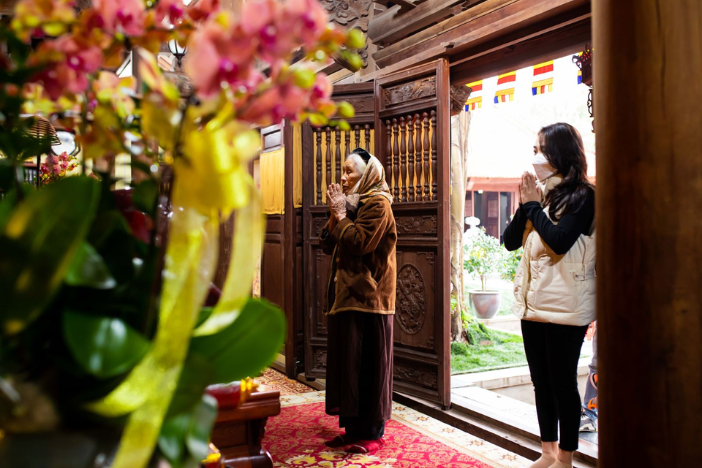
When visiting Buddhist, Hindu, Confucian and Taoist temples, churches and other religious buildings, dress respectfully – it’s best to cover your legs and upper arms, and you may need to take off your shoes and hat to enter. Never touch anyone on the head, and avoid pointing the soles of your feet towards another person or any Buddhist statues – both signs of disrespect in Buddhist culture.
As in many other parts of Asia, Vietnamese culture places considerable emphasis on "saving face" – in other words, avoiding situations that might cause individual or collective loss of dignity and respect. Public outbursts and arguments can cause everyone involved to lose face, so keep a sense of perspective, and try not to get angry when confronted by inconveniences as you travel.
There are several taboos associated with using chopsticks. Leaving your sticks sticking upright in a bowl of food is considered unlucky, as it resembles offerings of incense sticks made for the dead. Using chopsticks of uneven length is also frowned on, as is tapping your bowl with your sticks (associated with beggars requesting alms). If you eat in a group, use clean chopsticks (or the reverse ends of your own chopsticks) to pass food to others.
Food is practically a religion in Vietnam, but locals focus their energy on the evening meal, where multiple dishes are shared between diners, with the whole family getting involved. Rather than ordering a single main course, choose a spread of dishes for the table and sample a rich mix of flavors and textures. If you need a boost between meals, street food snacks can be found everywhere, or just grab a nutritious sinh tố (fruit shake) or a cup of local drip-brewed ca phe (coffee).
Public displays of affection are not a big part of Vietnamese culture, for couples of all orientations. Kissing, hugging and even holding hands in public can raise eyebrows, so tone down the romantic gestures while you’re in the country. On the plus side, despite lingering legal inequality, LGBTIQ+ couples generally face few problems in Vietnam, and Hanoi and Ho Chi Minh City (HCMC) both have lively scenes.
Always ask before taking photographs of people, particularly in minority villages. Many people find it intrusive, and by asking first, you’ll know if people are comfortable being included in your travel photos. In tribal areas, some villagers ask for payment for photos, which is fair enough... how would you feel if strangers kept sticking a long lens into your front porch?
Another time to think twice before pulling out your camera is during public demonstrations and political rallies. Critics of the government can face harsh punishments – demonstrations in 2018 against laws allowing the authorities to monitor online communications led to over 100 arrests. Play it safe – steer clear of political gatherings and avoid conversations about politics with local people.

Haggling is a fact of life in Vietnam, particularly at markets and souvenir shops, and you may pay over the odds if you accept the first price suggested. However, bargaining should never be a confrontational process – treat it as a game and counter the starting price with a lower counter offer, and see how the seller responds. With a bit of back and forth, you should reach a mutually acceptable price – and if you don’t, you can always decline politely and try another vendor. There’s little point haggling over tiny sums of money – if you pay 5000 dong (US$0.20) over the going rate, consider that you can probably afford it.
Western-style sit-down toilets are increasingly common in Vietnam, but you’ll often have to pay to use public loos, and paper is rarely provided. Carry your own, or use the hose or water jug provided. Bring antibacterial hand gel or soap; many bathrooms only provide running water.
Commission-seeking middle men (and middle women) pop up almost anywhere tourists gather, and Vietnam has its share. Be wary of touts who encourage visitors to use certain tour agencies, hotels, shops and transport companies in touristy parts of Hanoi, Ho Chi Minh City and Hoi An. If you use their services, you’ll pay more to cover their fee.
Illegal drugs aren’t hard to find on the traveler circuit in Vietnam, but the penalties, if you’re caught by the police, can be severe – even for possession of small amounts. Many travelers have ended up in Vietnamese jails for drug offenses, and the death penalty can be applied in drug cases. If you are inclined to toke while you travel, it’s only a short hop to Thailand, where the consumption of marijuana in food and drinks has been decriminalized for now.
Vietnam has some wonderful crafts and art forms that make for great souvenirs, but stick to modern pieces; it’s illegal to take antiques out of the country. Also be watchful for souvenirs made from animal parts, such as shell, horn, bone, teeth and feathers. Such items are usually taken from wild animals, and you could fall foul of the Convention on International Trade in Endangered Species (CITES).
Opportunistic crime can occasionally be a problem, particularly in crowded cities where pickpockets and bag-snatchers on motorcycles take advantage of the unwary, but this isn’t a problem unique to Vietnam. Activate your big city precautions, and watch your belongings on busy public transport or in bars and cafes (using a phone or laptop at an outside table is unwise). Handbags with a single strap are a popular target for ride-by bag snatchers – a daypack or messenger bag is a better option.
Traveling to Vietnam offers incredible experiences, but preparation is key to fully enjoy the journey. By being mindful of local customs, staying aware of practical tips, and planning ahead, you can avoid common pitfalls. Embrace the adventure with an open mind and you'll leave with unforgettable memories.

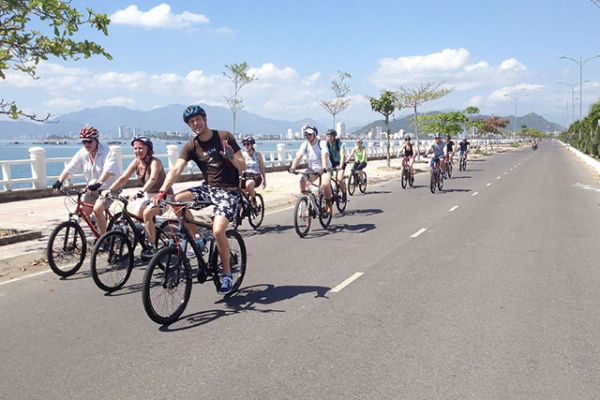

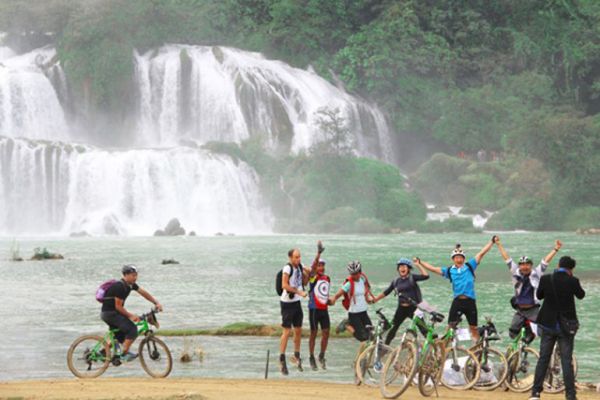
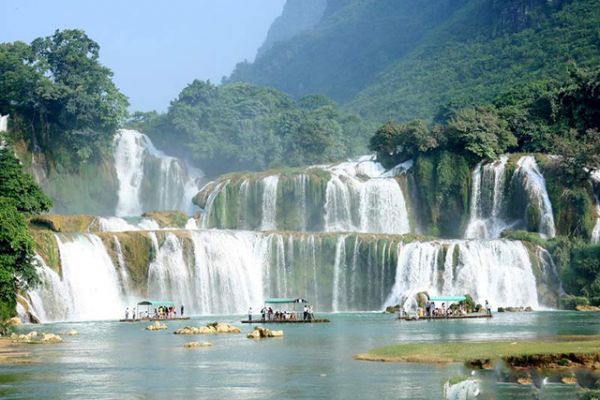


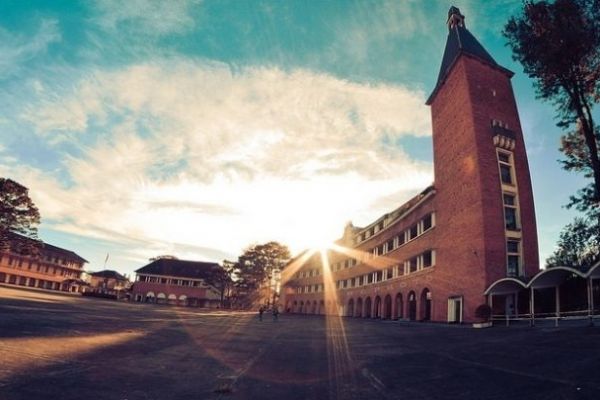
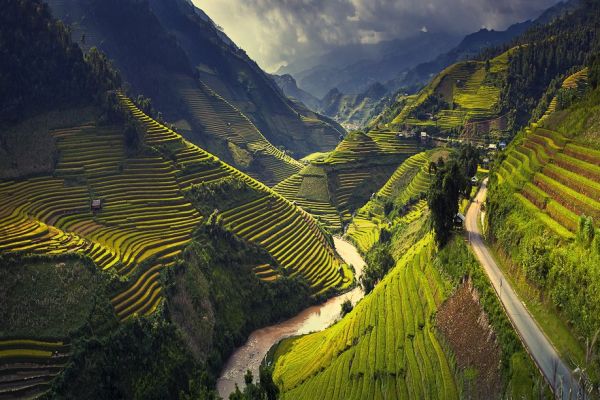
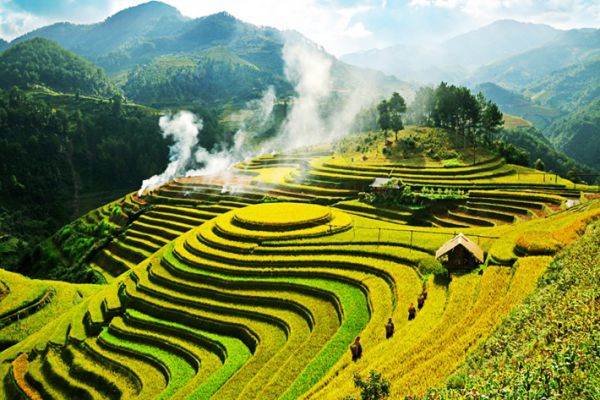
(84-63) 3 826042 – (84-63) 3 511142
No 54 Nguyen Dinh Chieu, Ham Tien Central Mui Ne Beach Binh Thuan Vietnam
523 To Hien Thanh District 10 Ho Chi Minh City Vietnam
Ha Long Halong City Quang Ninh Vietnam
A13 Hung Thong 2 Halong City Quang Ninh Vietnam




